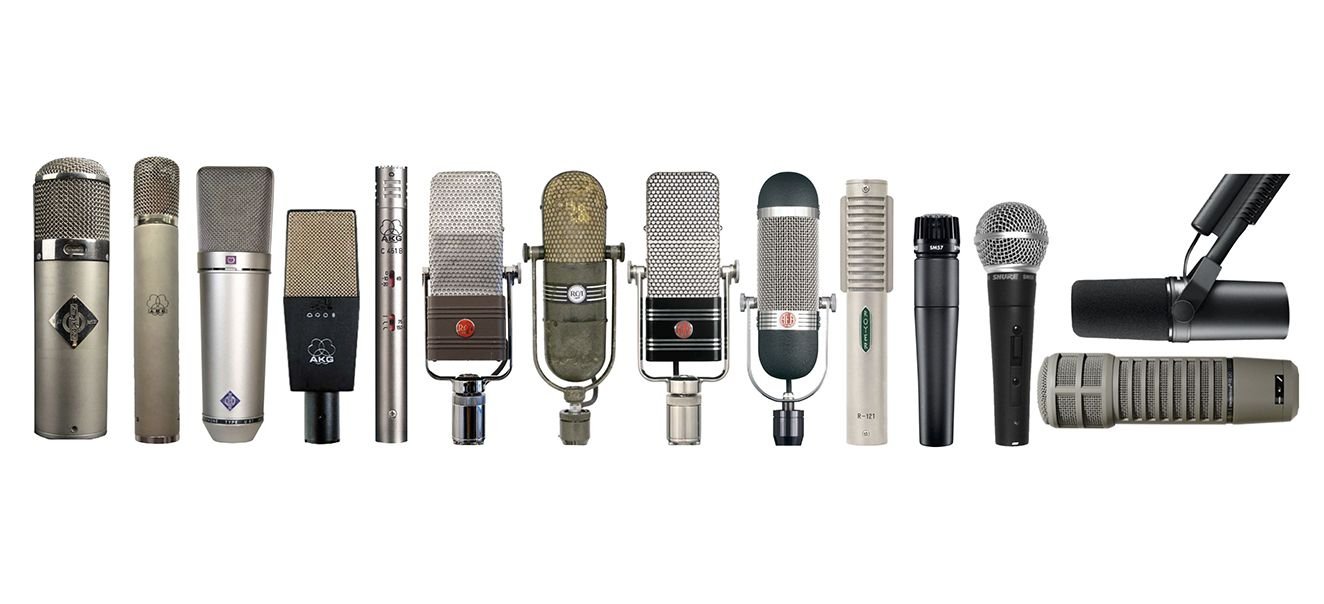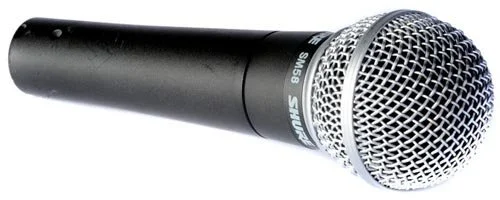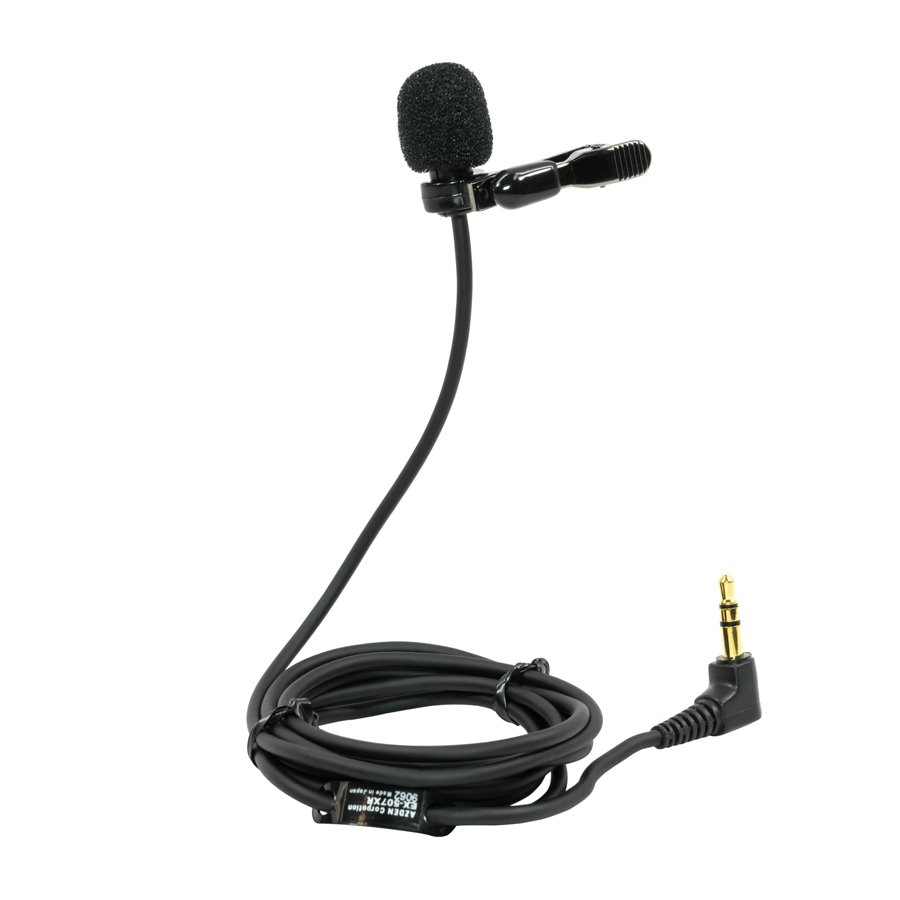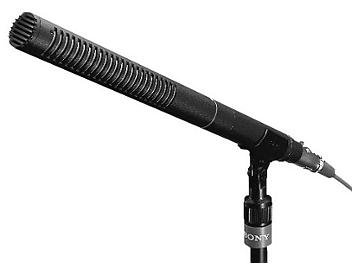A Mic for Every Moment: A Guide to Different Microphone Types and Their Best Uses
Introduction
In the world of audio recording and production, choosing the right microphone can make or break your sound. With a vast array of microphone types available, it's crucial to understand their unique characteristics and applications. In this blog post, we'll explore various microphone types and help you make informed decisions about when to use each one for your recording needs.
Dynamic Microphones
Dynamic microphones are known for their durability and versatility. They operate on electromagnetic induction principles and are particularly suited for handling high sound pressure levels. Here are some common scenarios for using dynamic microphones:
Live Sound: Dynamic mics excel in live sound situations, such as miking guitar amplifiers, snare drums, and vocals. Their durability and ability to withstand high sound pressure levels make them ideal for the stage.
Podcasting and Broadcasting: Many podcasters and broadcasters rely on dynamic microphones for their spoken-word applications due to their resistance to plosives and handling noise.
Condenser Microphones
Condenser microphones are known for their sensitivity and high-frequency response. They capture sound using a diaphragm and a backplate that form a capacitor. Here are some scenarios where condenser microphones shine:
Studio Recording: Condenser microphones are the go-to choice for studio recording, especially for vocals, acoustic instruments, and capturing fine details. They deliver transparent and accurate sound reproduction.
Overhead Drum Miking: Condenser microphones are often used as overhead mics in drum recording to capture the full breadth of the drum kit's sound.
Vocalists: For studio vocals, condenser mics provide the necessary detail and clarity. They are also used in professional-grade vocal microphones for live sound.
Ribbon Microphones
Ribbon microphones offer a unique and smooth sonic character. They use a thin ribbon of metal as the diaphragm suspended between two magnets. Ribbon mics are renowned for their warm sound and are commonly used in the following situations:
Studio Recording: Ribbon microphones are favored for their ability to capture delicate nuances in acoustic instruments, including strings, brass, and woodwinds. They add a vintage, classic character to recordings.
Vocals: Some vocalists prefer the smooth and vintage sound of ribbon microphones, especially for genres like jazz and blues.
Electric Guitar Cabinets: Ribbon mics are often placed in front of guitar cabinets to capture the rich, warm tones of electric guitar amplifiers.
Lavalier and Lapel Microphones
Lavalier or lapel microphones are small, clip-on microphones that are typically omnidirectional. They are discreet and often used in broadcast, interviews, and public speaking:
Interviews and Presentations: Lavalier microphones are clipped onto the clothing of speakers, providing hands-free and close-miking solutions for clear audio capture.
Broadcast and News Reporting: Journalists and broadcasters use lavalier mics for on-the-go reporting due to their compact size and portability.
Shotgun Microphones
Shotgun microphones are highly directional and excel at picking up sound from a specific direction while rejecting ambient noise. They are commonly used in the following scenarios:
Film and Video Production: Shotgun microphones are often mounted on boom poles and used by location sound recordists to capture dialogue and sound effects while rejecting background noise.
Field Recording: Wildlife recordists use shotgun mics to capture distant animal sounds without interference from surrounding environmental noise.
Live Sound Reinforcement: Shotgun microphones can be used to capture specific sound sources in a live setting, such as theater productions.
Conclusion
Microphones are essential tools for capturing audio in various scenarios, and understanding the characteristics and applications of different microphone types is crucial for achieving high-quality recordings. By selecting the right microphone for each situation, you can ensure that your recordings are clear, detailed, and well-suited to their intended purpose. So whether you're recording vocals in the studio, capturing wildlife in the field, or delivering a podcast, there's a microphone designed to meet your needs and elevate your audio production.





